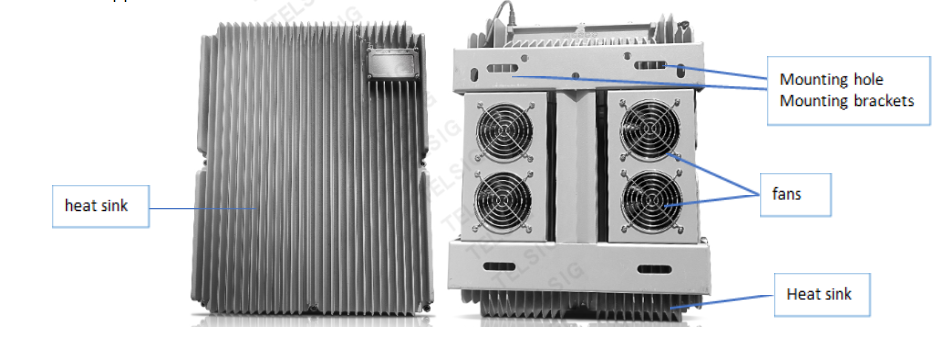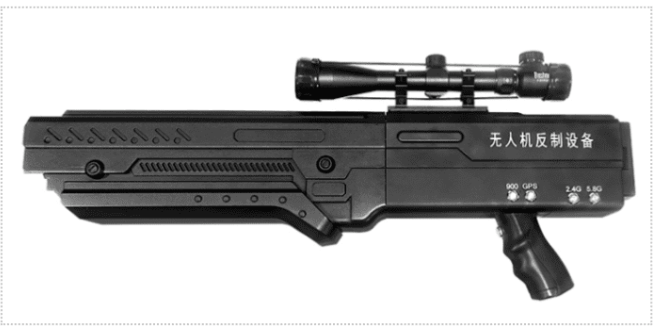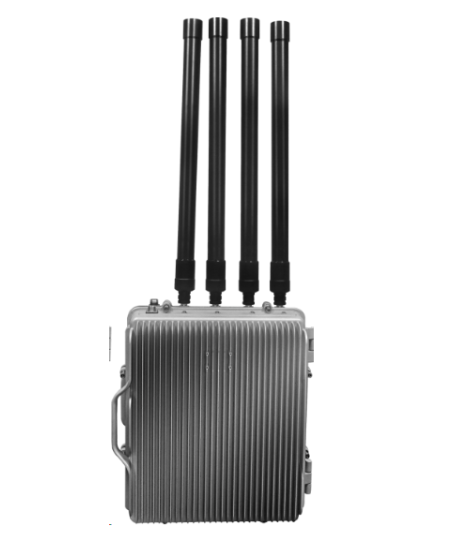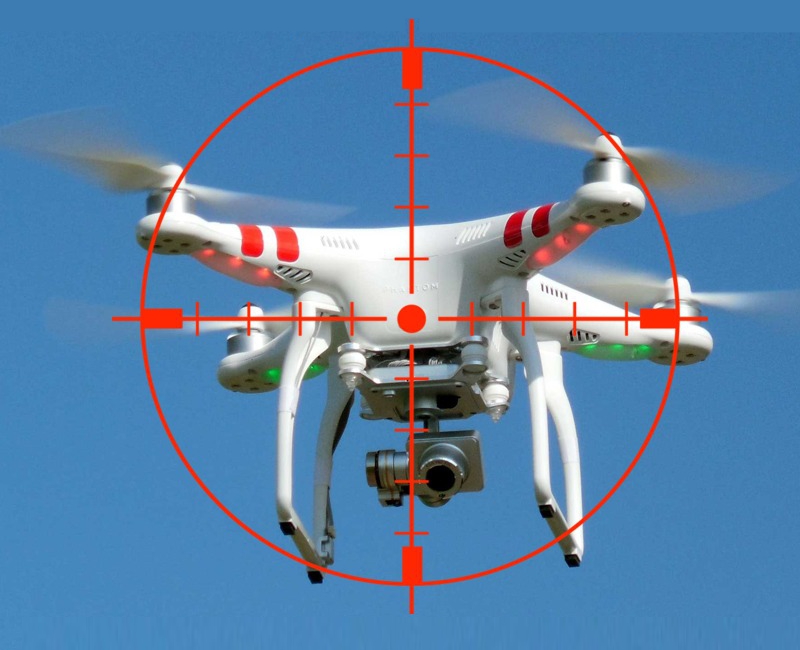Anti-drone systems are a new technology starting to make its mark in security. Due to their ability to block drones and other unmanned aerial aircraft, these systems are special and could save lives. This article will examine an anti-drone system’s operation. We discuss the different types of anti-drone systems available on the market today. And they offer their anti-drone system benefits.
What is an Anti-Drone System?
An anti-drone system is a technology that companies use to intercept and disable drones. And the companies consider this drone as hostile. The plan’s purpose is to protect people and critical assets from harm. There are different anti-drone systems, but a ground-based sensor network is the most common. This system uses radar or other sensors to detect and track drones in flight. When we notice a drone, the system will engage it with either guns or missiles.

How does an Anti-Drone System work?
An anti-drone system is a technology we can use to disrupt or disable drones in midair. Companies can use this technology in several ways, including jamming and spoofing signals. Anti-drone systems are becoming more common as terrorist groups use drones for attacks.
Comparison of Different Types of Anti-Drone Systems
An anti-drone system is a technology or combination of technologies used to neutralize or destroy aerial targets. There are three types of anti-drone systems: ground-based, air-based, and naval.
Ground-based anti-drone systems use sensors and interceptors to identify and track aerial targets. Once the sensor has placed the target, the ground-based system can launch surface-to-air missiles or other weapons to destroy the target.
Air-based anti-drone systems use directed energy or electro-optical sensors to identify and track aerial targets. Once electro-optical sensors have placed the target. Then, the air-based system can fire missiles or lasers at the target to destroy it.
A naval anti-drone system, like air-based systems, uses directed energy or electro-optical sensors to identify and track aerial targets. Yet, naval anti-drone systems can also deploy torpedoes or other weapons to destroy the target.
There are several different types of anti-drone systems in use today. Each has its advantages and disadvantages. The best kind of Anti Drone System for a particular application will depend on cost, capability, sensor type, range, payload capacity, survivability against enemy countermeasures, etc…

What is counter-drone technology?
Counter-drone technology is a term used to describe systems used to combat drones. Counter-drone technology has three main categories. We divide it into passive, active and hybrid.
Passive counter-drone technology includes components like radios or sensors that are not actively detecting and responding to drones but passively observing them. Active counter-drone technology includes devices specifically designed to detect and destroy drones. Hybrid counter-drone technology combines passive and active technologies to detect best and combat drones.
How does anti-drone technology work?
Anti-drone technology is a way to counteract or disable drones. Sometimes called drone detection or drone interception, anti-drone systems use various technologies to detect and disable drones. Some systems use radio frequency (RF) signals to detect and jam drones’ control systems, while others shoot out electric cables or projectiles that incapacitate the drone.
How can An anti-drone system detect a drone in the sky?
An anti-drone system is a technology we can use to detect and track drones in the sky. There are many ways to see and track drones, but some of the most common methods. This method includes radar, optical tracking, and acoustic detection.
Radar is the simplest way to detect and track drones. Radar works by sending out energy waves and measuring how long it takes for those waves to return. If a drone is in range of the radar, the waves will return sooner than they would if it were far away.
Optical tracking is another standard method of detecting and tracking drones. Visual tracking works by using cameras to image the path that a drone has taken. This image can then create a map of the drone’s location at any time.
Acoustic detection is another standard method of detecting and tracking drones. Acoustic detection uses audio sensors to listen to sounds produced by drones. These sounds can be used to identify the drone type being operated, its altitude, and its speed.

Conclusion
Anti-drone systems are becoming increasingly popular as people become aware of the dangers posed by drones. The technology used in anti-drone systems is complex but consists of two parts. It can be one of the sensors and the other the transmitter. The sensor is the device that detects a drone. And while the transmitter signals to other nearby devices (such as a missile). And that missile should attack the drone.
